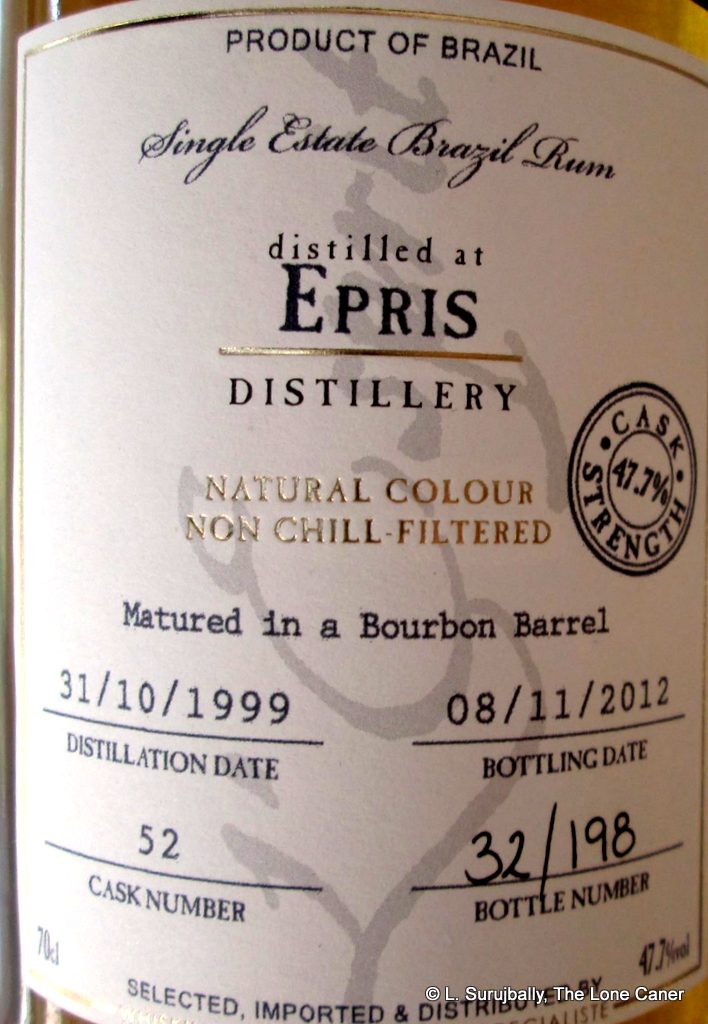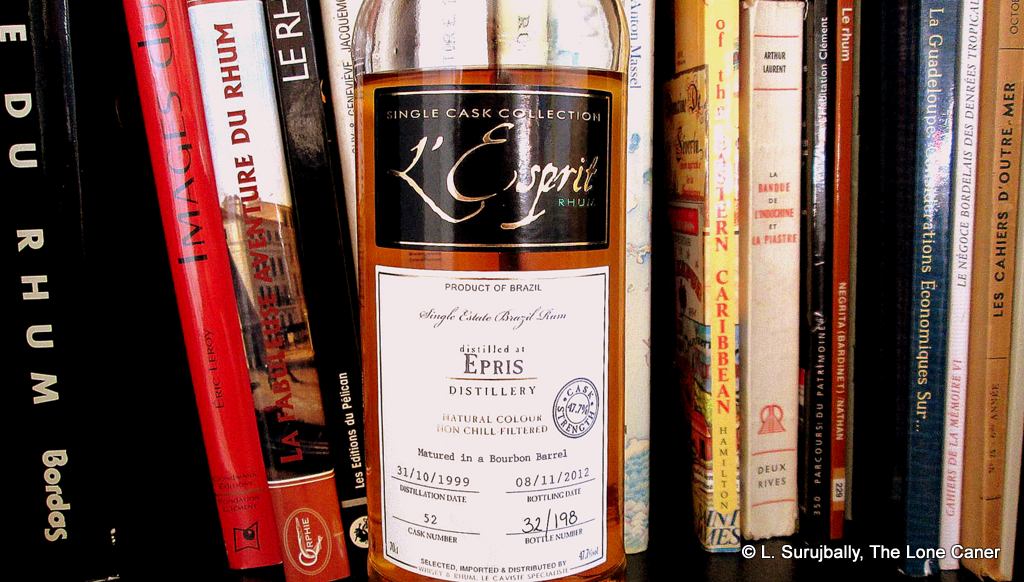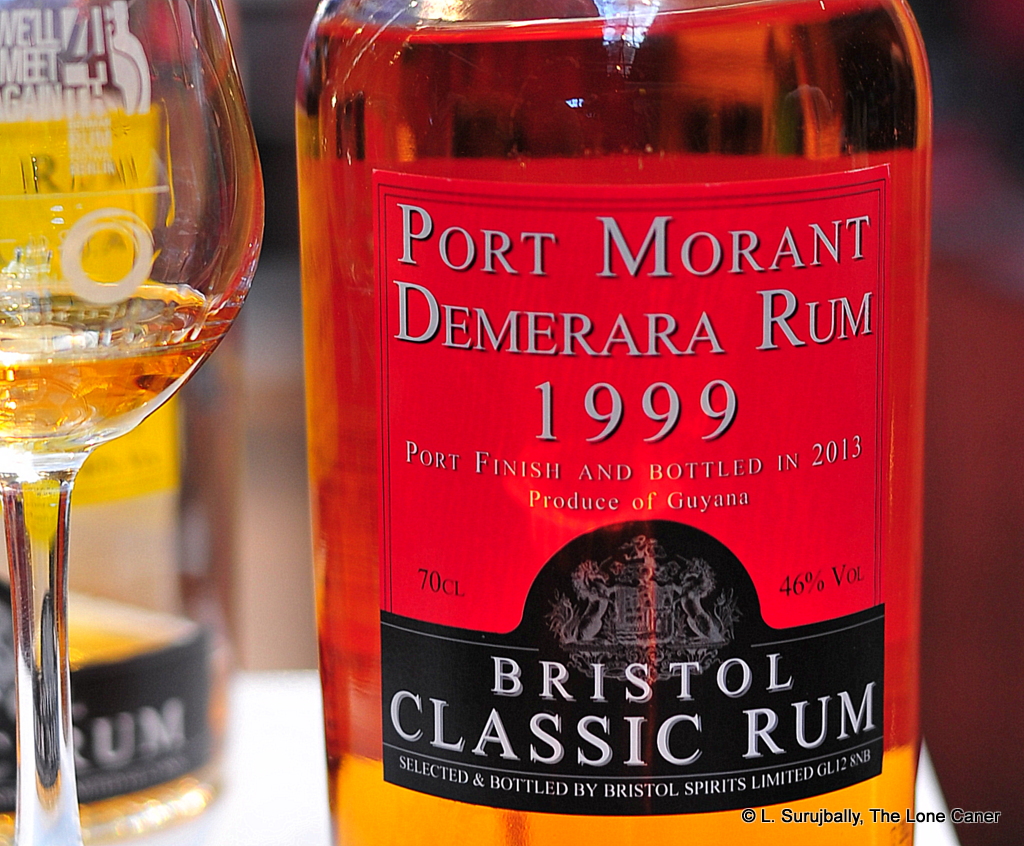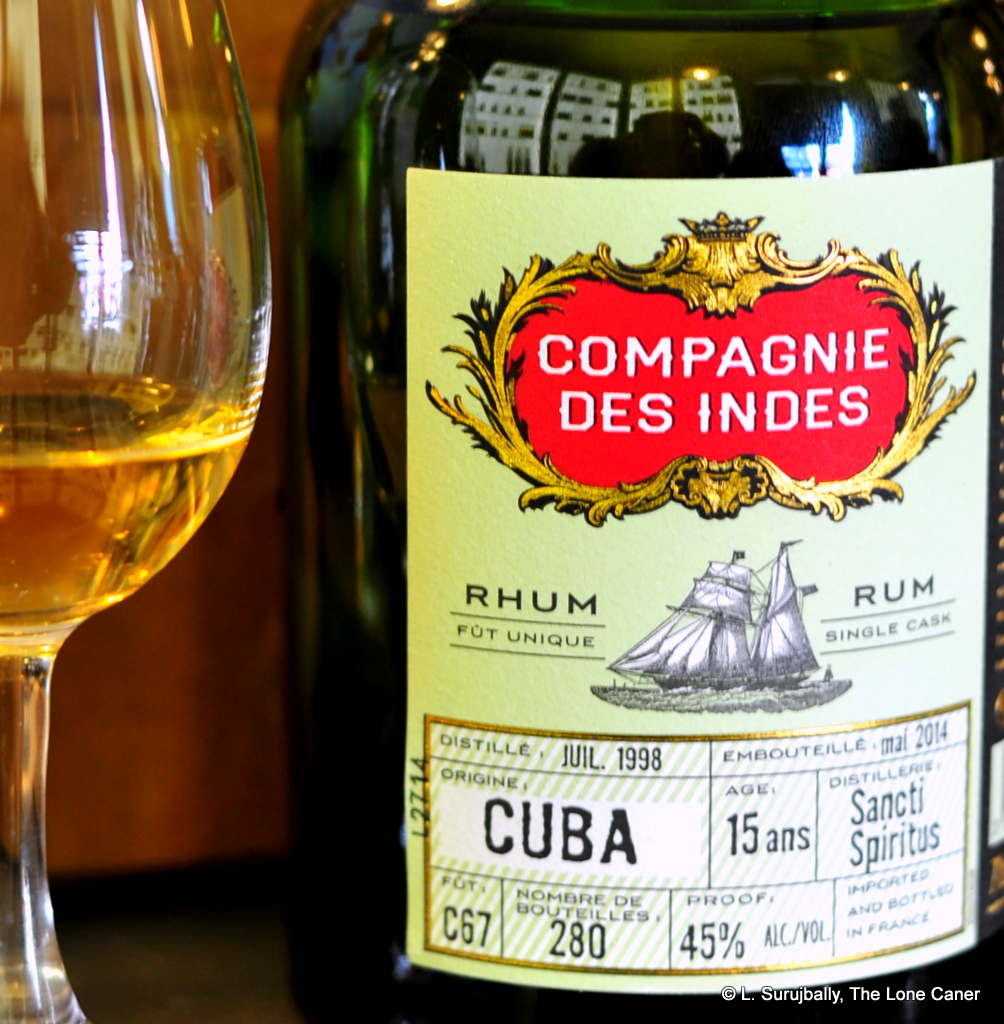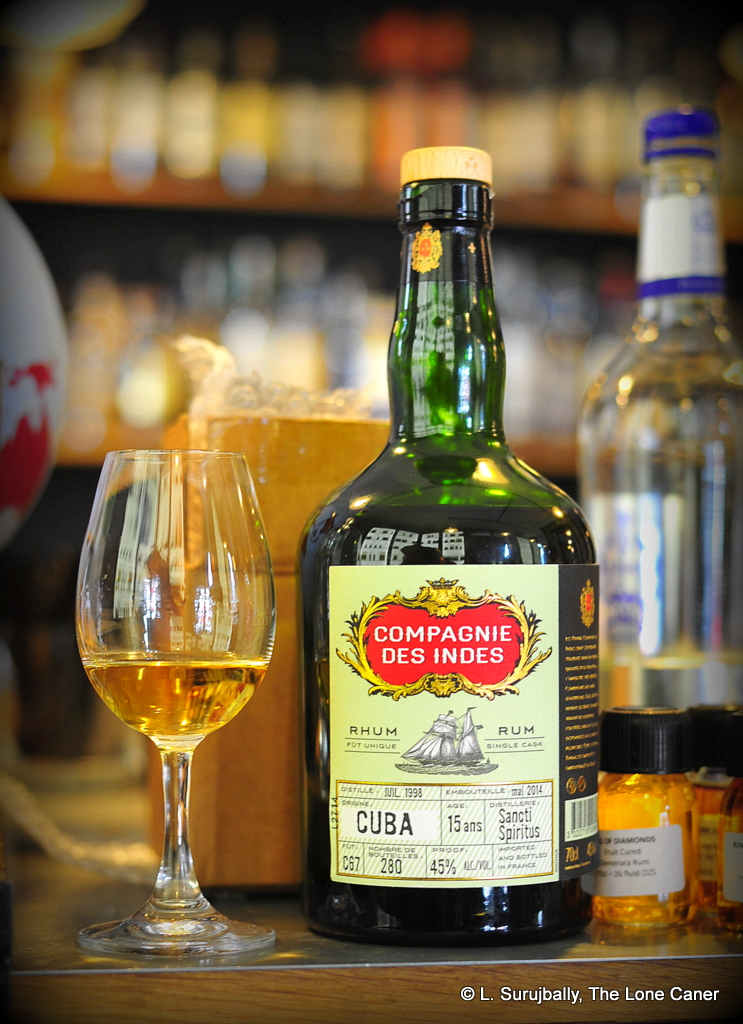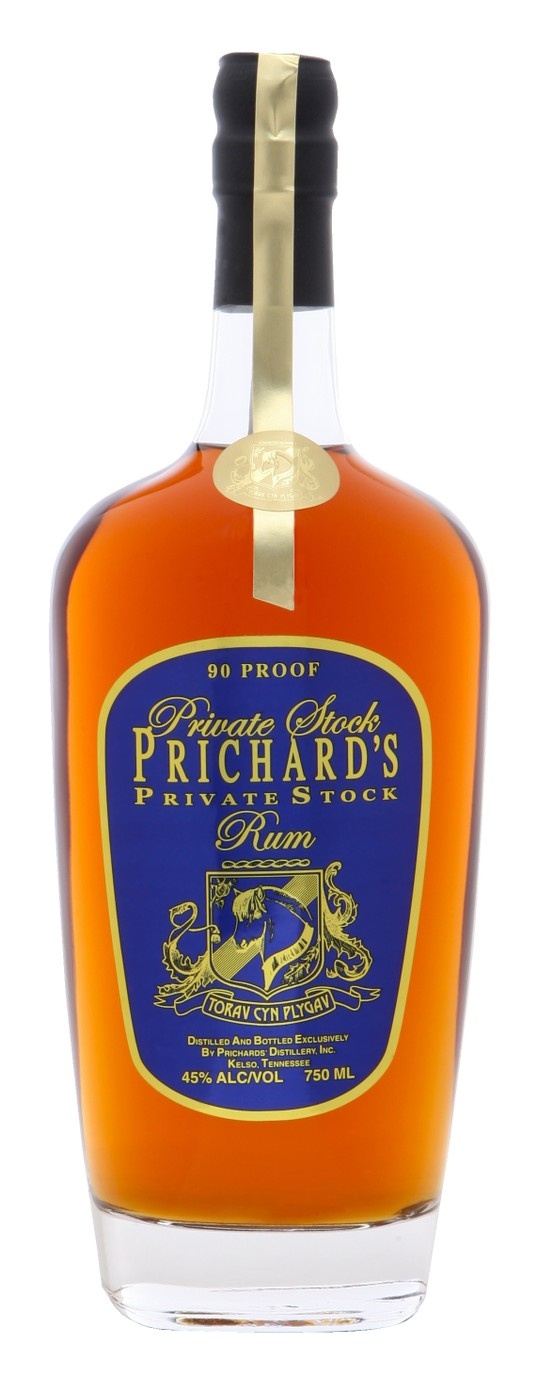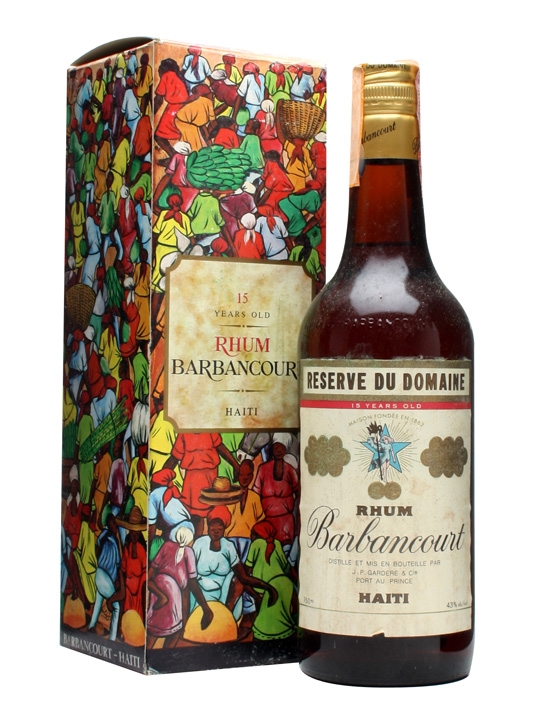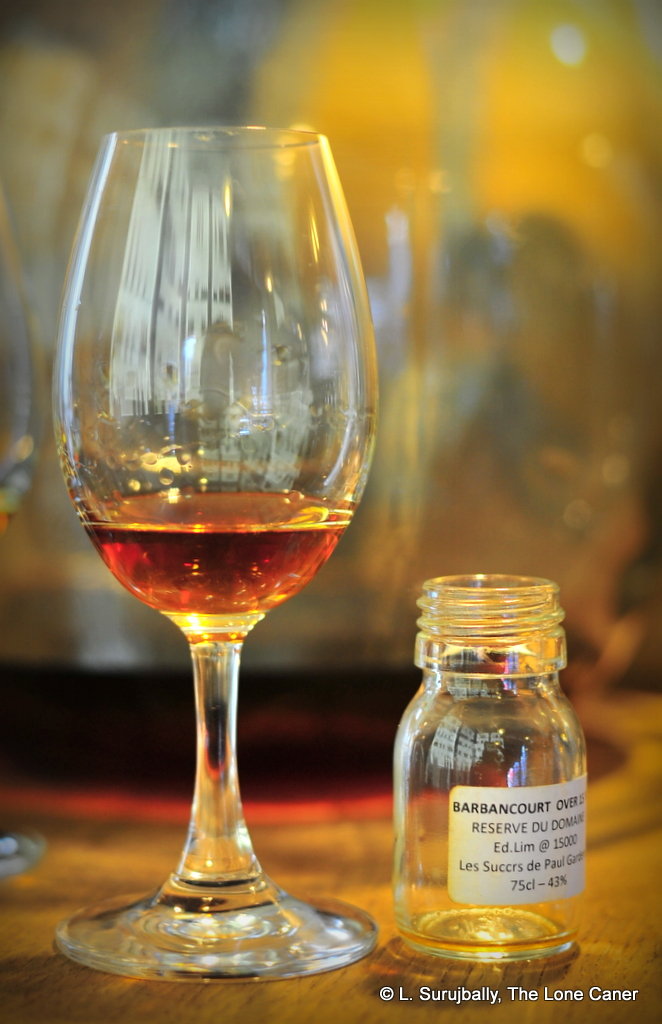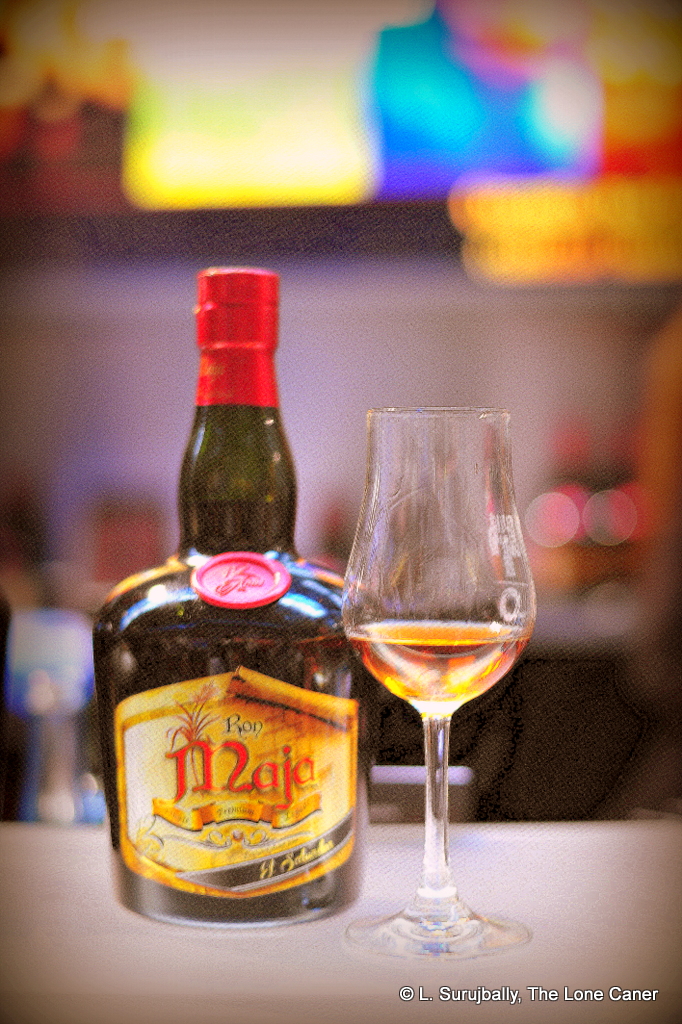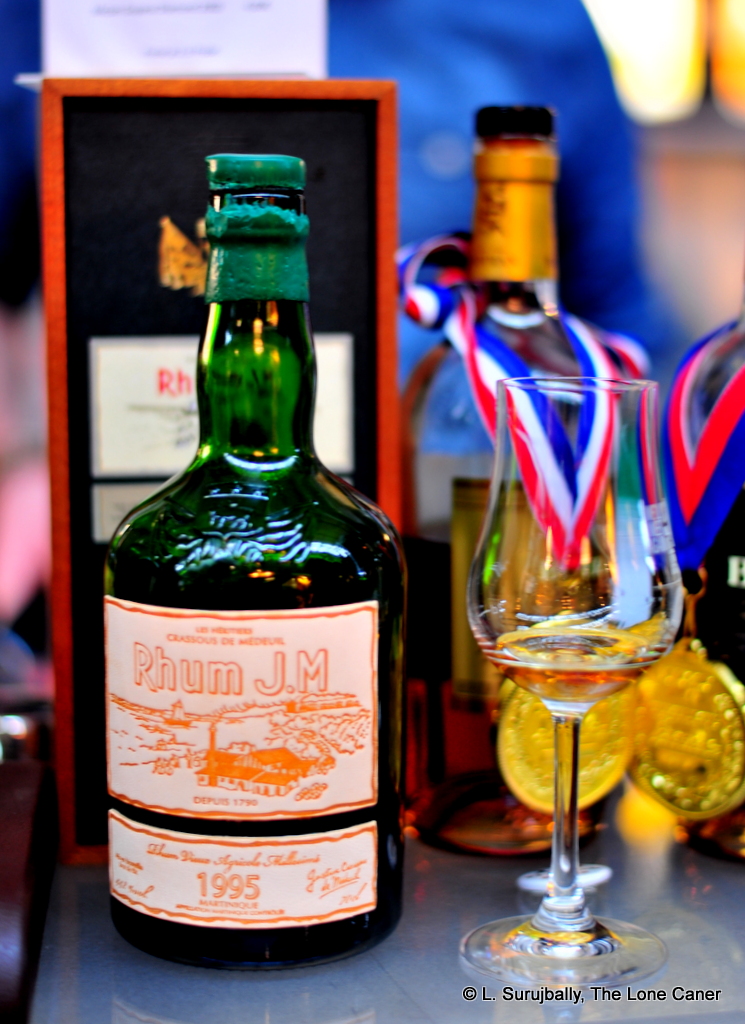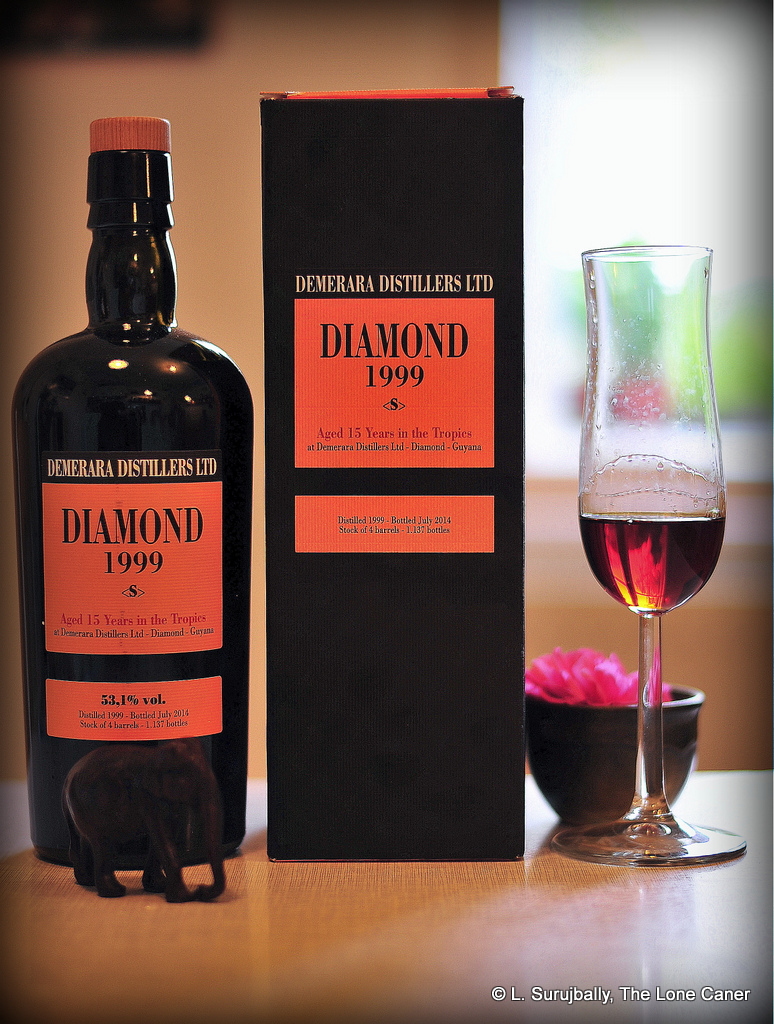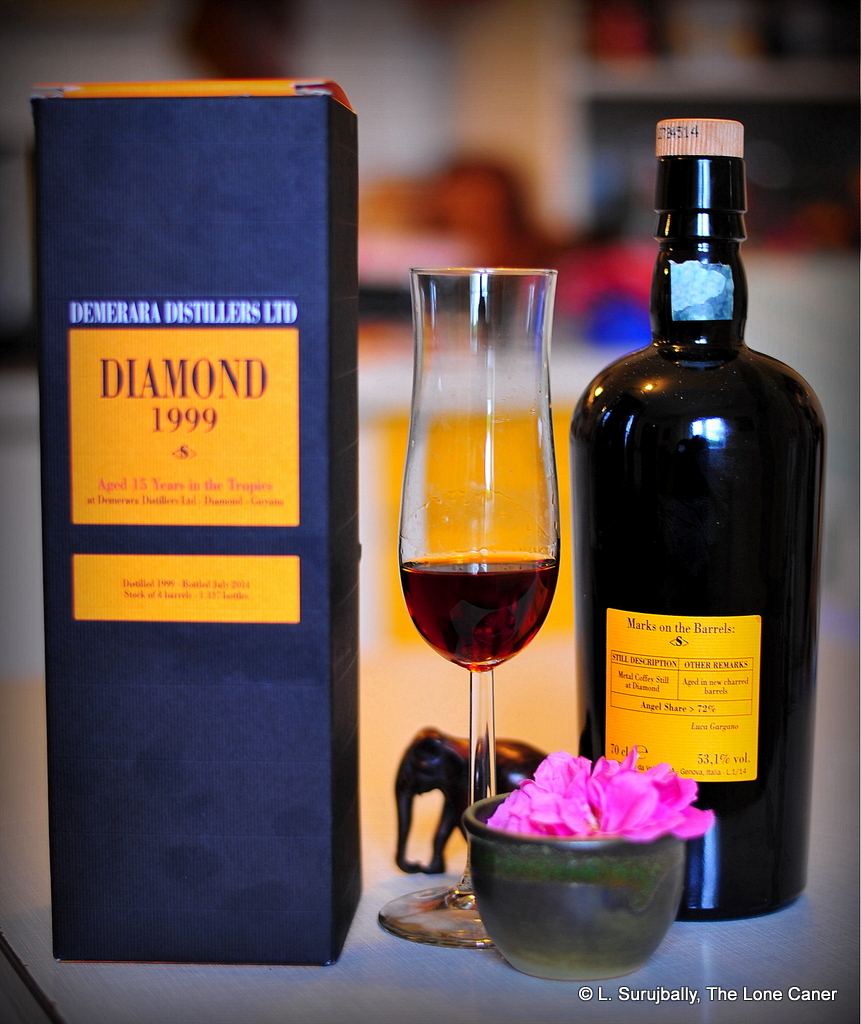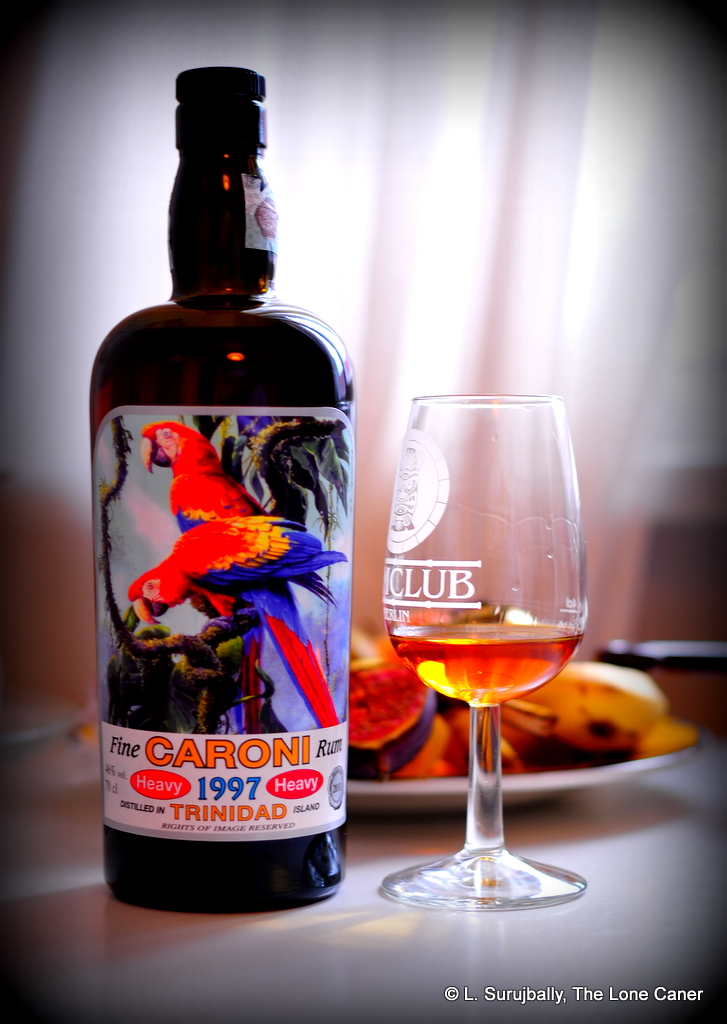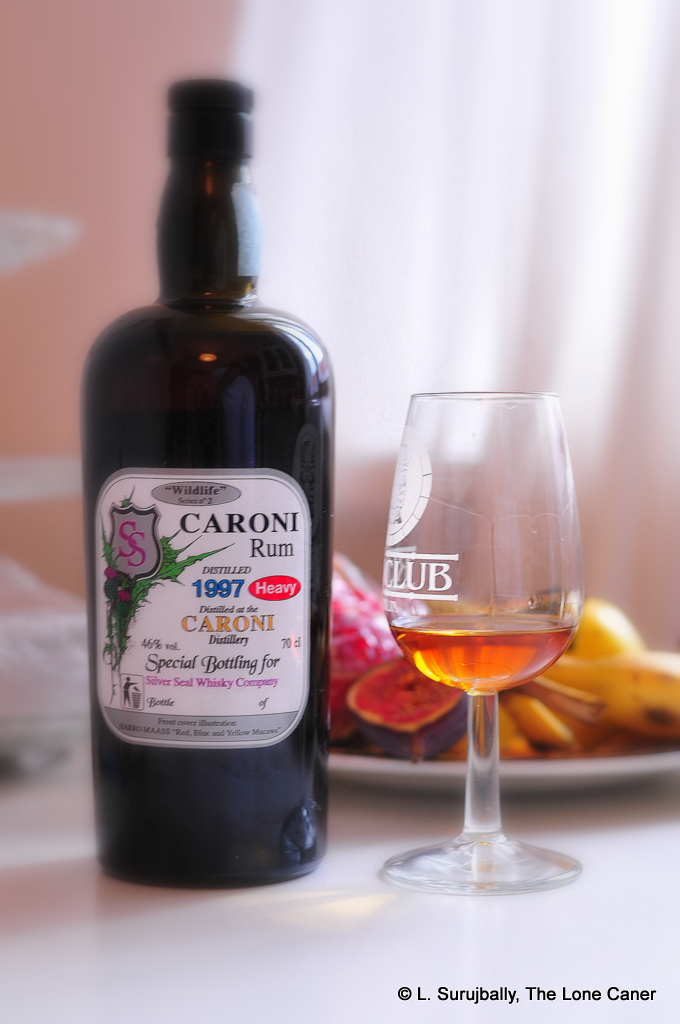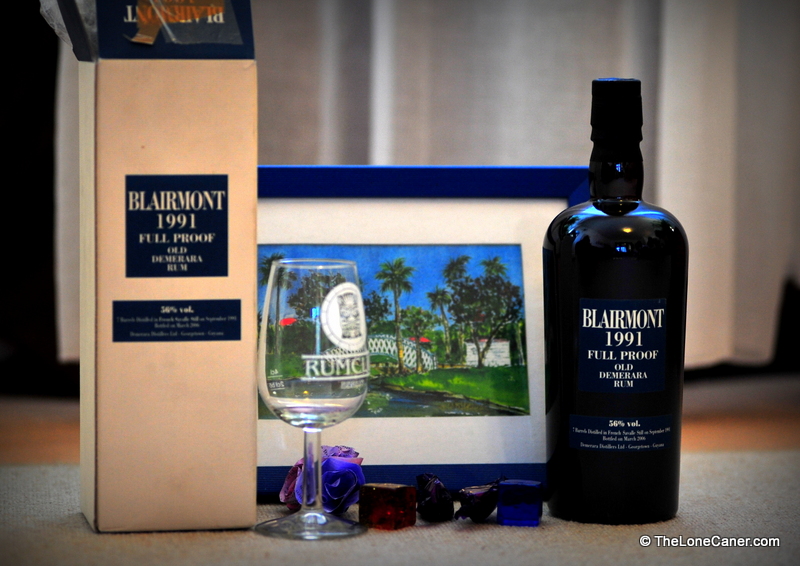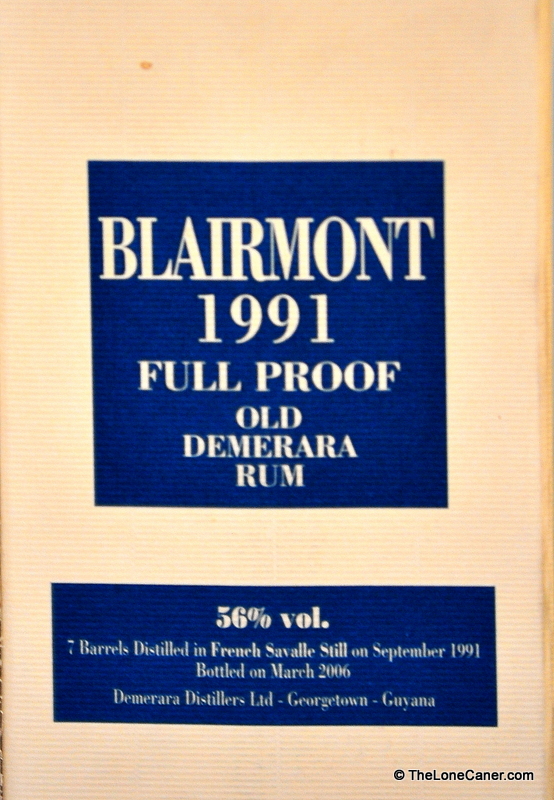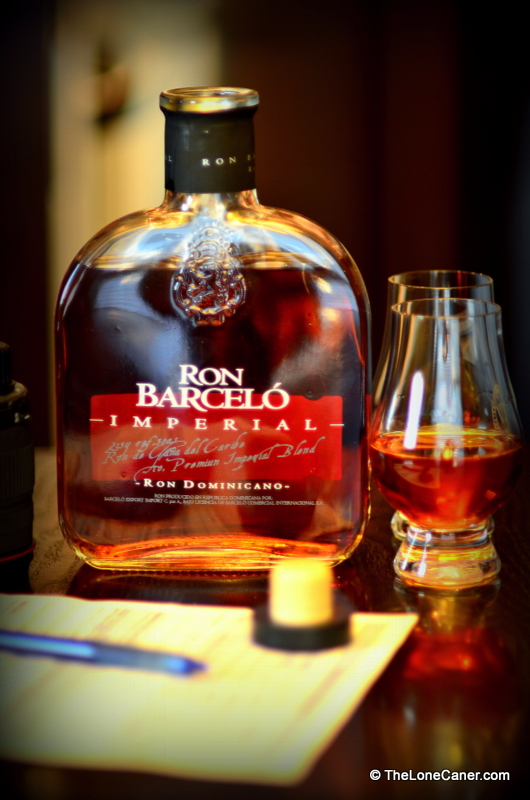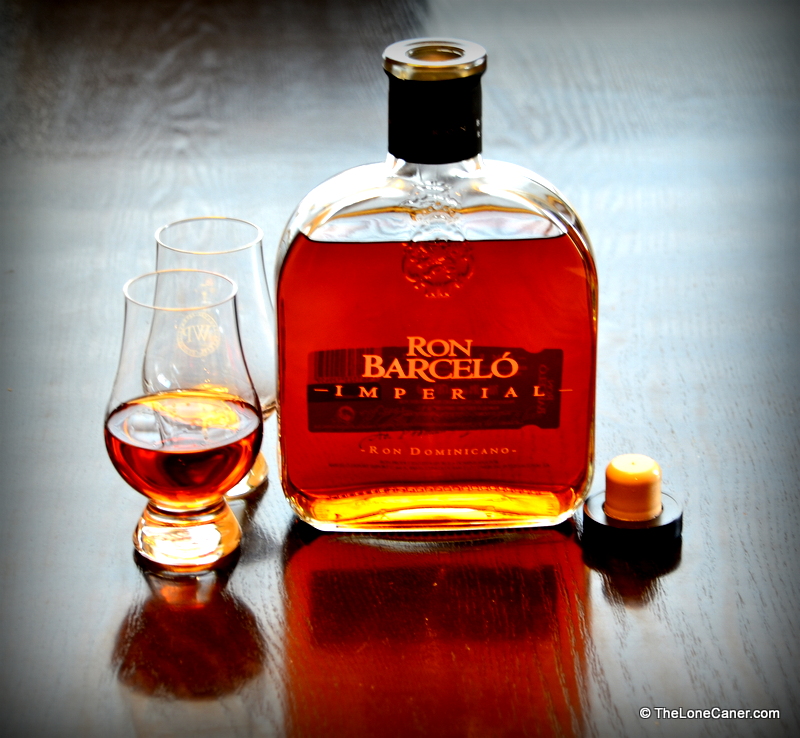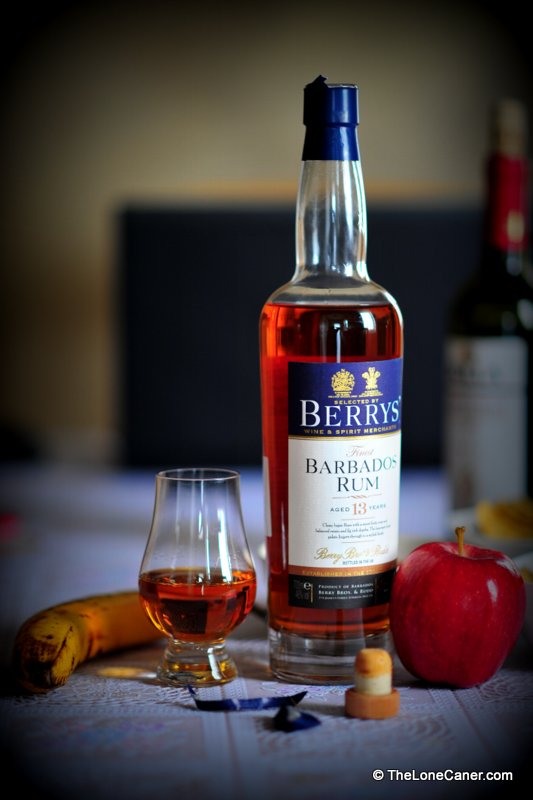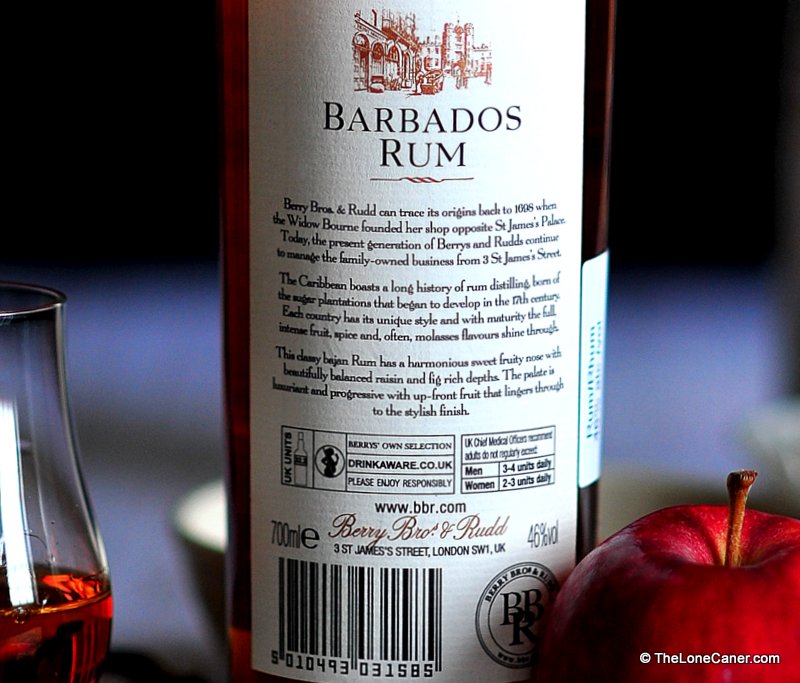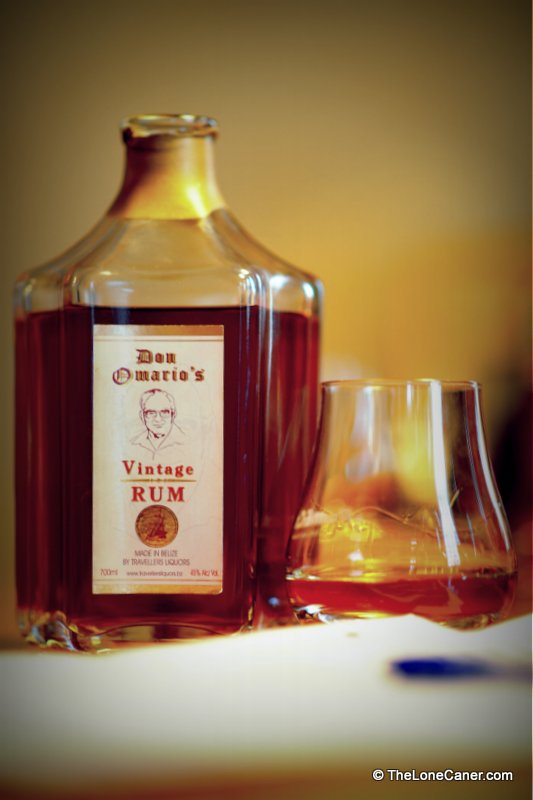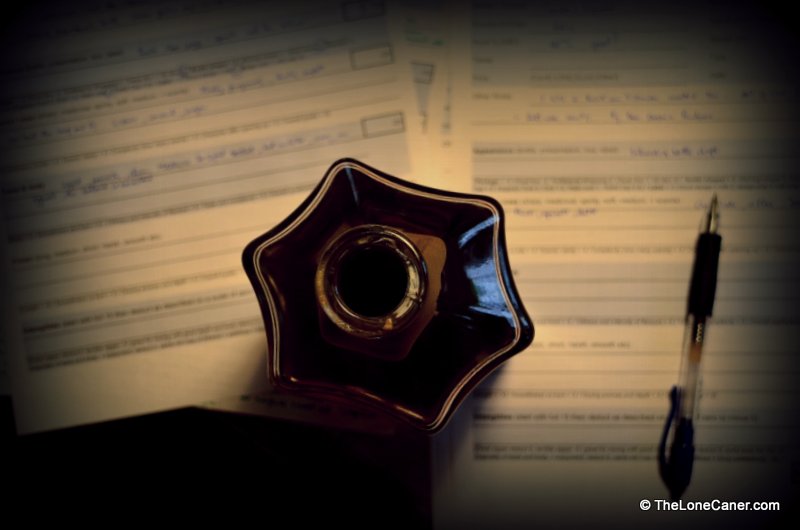A big ‘n’ badass Bajan rum, brutal enough to be banished to Netflix, where Jessica Jones and Daredevil occasionally stop by Luke Cage’s bar to have some.
“They may be more throwaway efforts than serious exemplars of the blenders’ arcane arts,” I remarked once of one of the 151s with which I amused myself. The SMWS on the other hand, does this overproof stuff with the dead seriousness of a committed jailbird in his break for freedom. They have no time to muck around, and produce mean, torqued-up rum beefcakes, every time. So be warned, the “Marmite” isn’t a rum with which you good-naturedly wrestle (like with the 151s, say) – you’re fighting it, you’re at war with it, you’re red in tooth and claw by the time you’re done with it, and afterwards you’re somehow sure that the rum won. You may feel exhilarated just surviving the experience
Behind the user-friendly façade of the muted camo-green bottle and near-retro label of unintended cool, lies a rum proudly (or masochistically) showcasing 74.8 proof points of industrial strength, the point of which is somewhat lost on me – because, for the price, who’s going to mix it, and for the strength, who’s going to drink it? It’s eleven years old, aged in Scotland, and hails, as far as I’ve been able to determine, not from the Rockley pot still owned the West Indies Rum Distillery, but in the Rockley “style”, making it a cousin of the Samaroli Barbados 1986 and the SMWS R3.4 10 year, old and thereby setting the stage.1
 The hay blonde rum oozed intensity right from the moment it was cracked. It was enormous, glitteringly sharp, hot, strong and awesomely pungent – the very first scents were acetone, wax, perfume and turpentine, so much so I just moved the glass to one side for a full ten minutes. That allowed it to settle down into the low rumble of an idling Lambo, and gradually lighter notes of flowers, lavender, nail polish, sugar water and olives in brine came through, though very little “rummy” flavours of caramel and toffee and brown sugar could be discerned. It was clear nothing had been added to or filtered away from this thing.
The hay blonde rum oozed intensity right from the moment it was cracked. It was enormous, glitteringly sharp, hot, strong and awesomely pungent – the very first scents were acetone, wax, perfume and turpentine, so much so I just moved the glass to one side for a full ten minutes. That allowed it to settle down into the low rumble of an idling Lambo, and gradually lighter notes of flowers, lavender, nail polish, sugar water and olives in brine came through, though very little “rummy” flavours of caramel and toffee and brown sugar could be discerned. It was clear nothing had been added to or filtered away from this thing.
Having experienced some rums qualifying as brutta ma buoni (which is an Italian phrase meaning “ugly but good” and describes such overproofs perfectly) I was very careful about my initial sip. And with good reason – it was hellishly powerful. Incredibly thick and coating on the tongue. Massive, razor-sharp flavours of brine, cherries, more olives, some dried fruits, watermelon, and that weird combination of a cucumber sandwich on rye bread liberally daubed with cream cheese. Christ this was hot – it was so over the top that were you to drink it in company, you wouldn’t be able to hear the guy next to you screaming…he’d have to pass you a note saying “OMFG!!!”. Yet that’s not necessarily a disqualification, because like the 3.4, there was quite a bit of artistry and complexity going on at the same time. I have never been able to follow the SMWS’s tasting notes (see the label), but concede I was looking for the marmite…it was just difficult to find anything through that heat. Once I added water (which is a must, here), there it was, plus some nuttiness and sweetness that had been absent before.
All of this melded into a finish that was, as expected, suitably epic….it went on and on and on, holding up the flag of the overproofs in fine style, giving up flavours of hot black tea, pears, more florals, and a final hint of the caramel that had been so conspicuously absent throughout the tasting. I had it in tandem with the 3.4 (and the R5.1, though not strictly comparable), and liked the earlier Bajan a bit more. But that’s not to invalidate how good this one is – about the only concession I have to make is that really, 74.8% is just a tad excessive for any kind of neat sipping. Overall? Not bad at all – in fact it grew one me. There was a lot more going on over time — so quietly it kinda sneaks up on you — than the initial profile would suggest, and patience is required for it.
In trying to explain something of my background to my family (a more complicated story than you might think), I usually remark that no West Indian wedding ever really wraps up before the first fistfight erupts or the last bottle of rum gets drained. The question any homo rummicus reading this would therefore reasonably ask, then, is which rum is that? Well…this one, I guess. It’s a hard rum, a tough rum, a forged steel battleaxe of a rum. It maybe should be issued with a warning sticker, and I honestly believe that if it were alive, it would it could have Robocop for lunch, yark him up half-chewed, and then have him again, before picking a fight in Tiger Bay. It’s up to you though, to decide whether that’s a recommendation or not.
(#281 / 86/100)
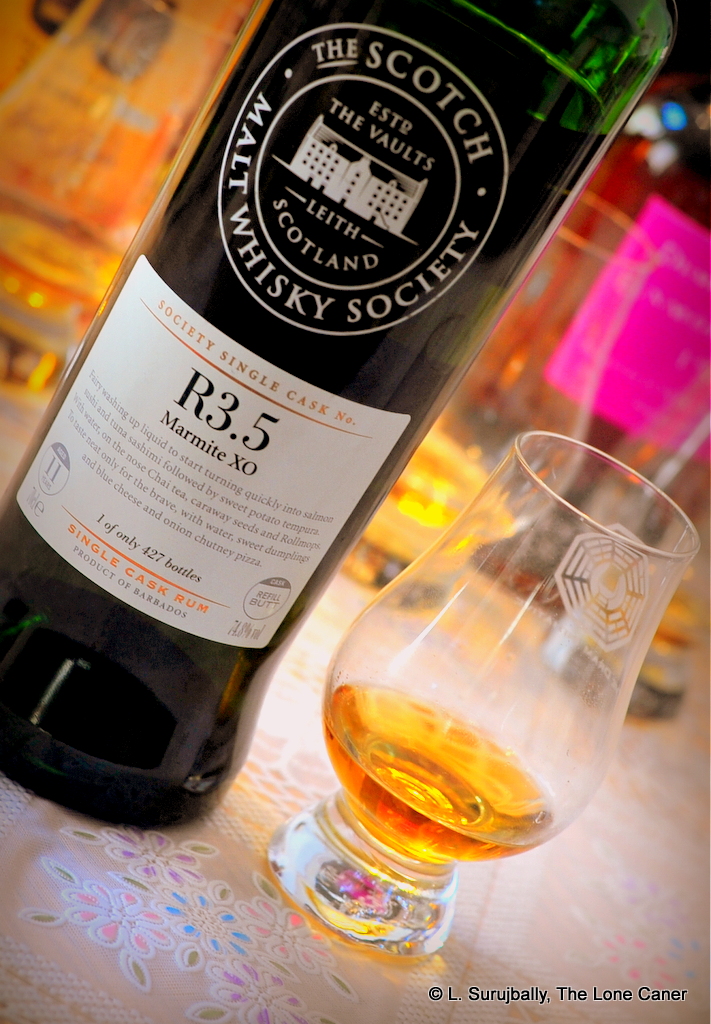
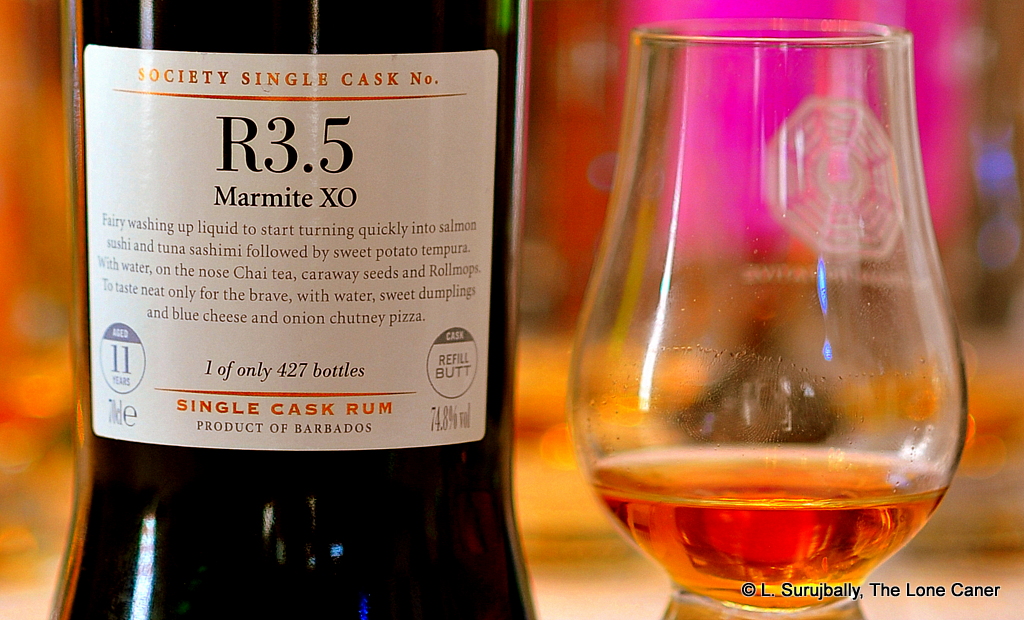
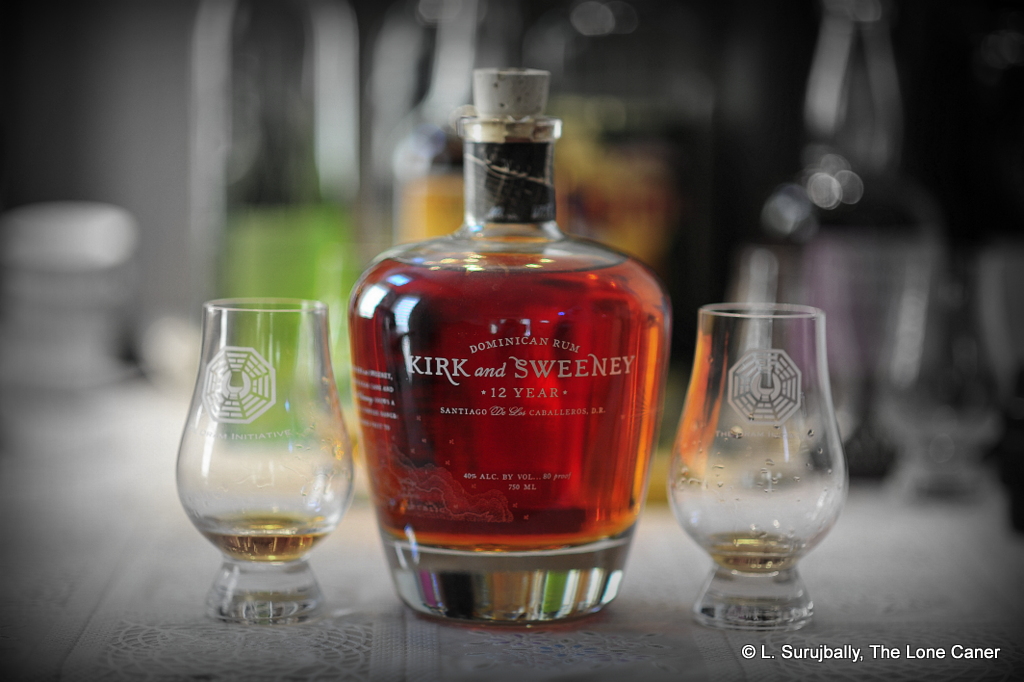
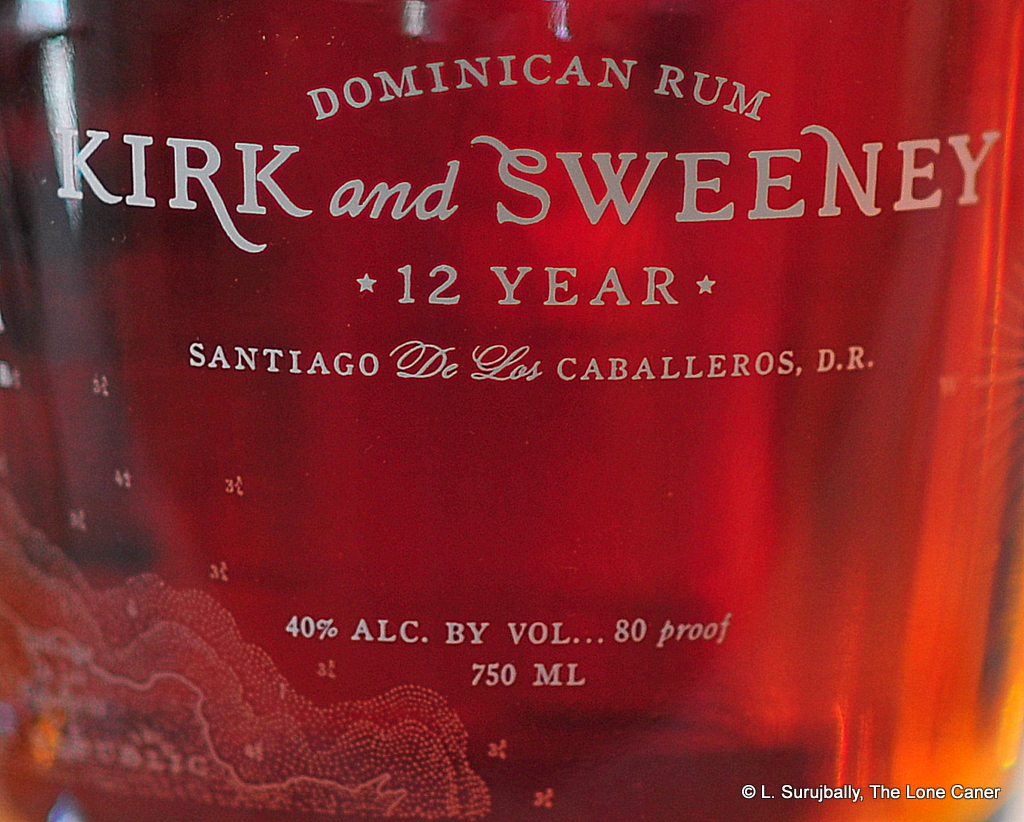
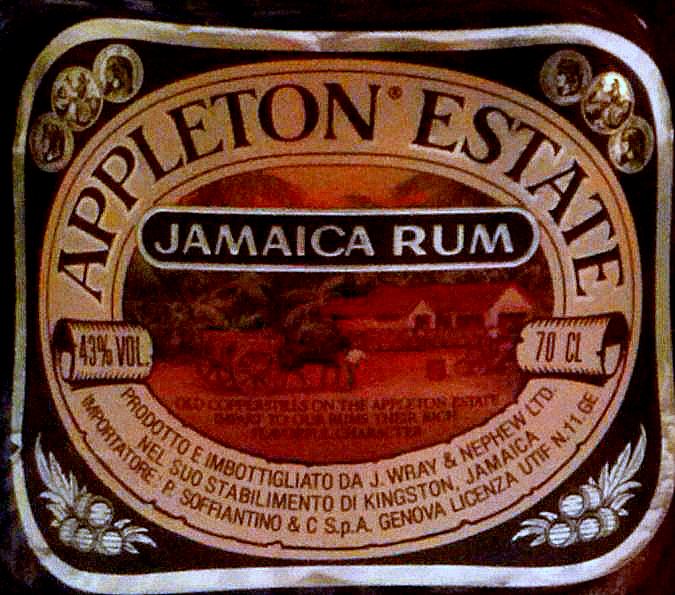
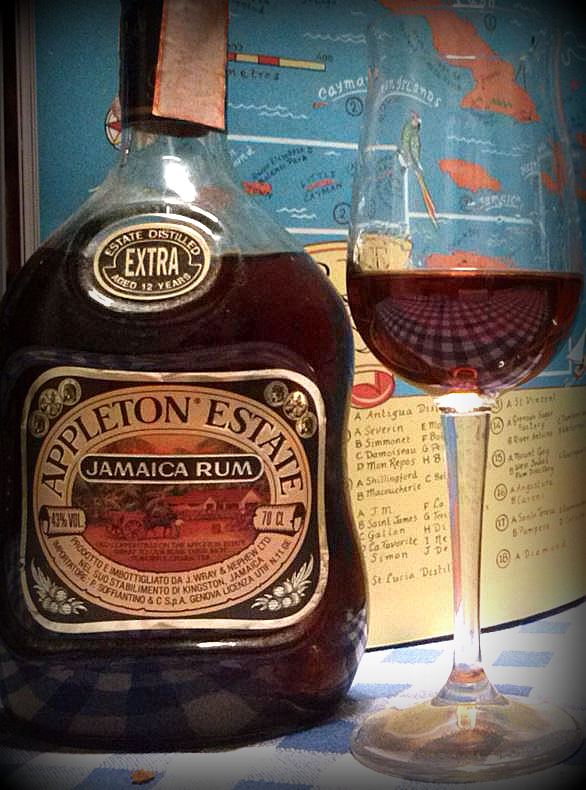
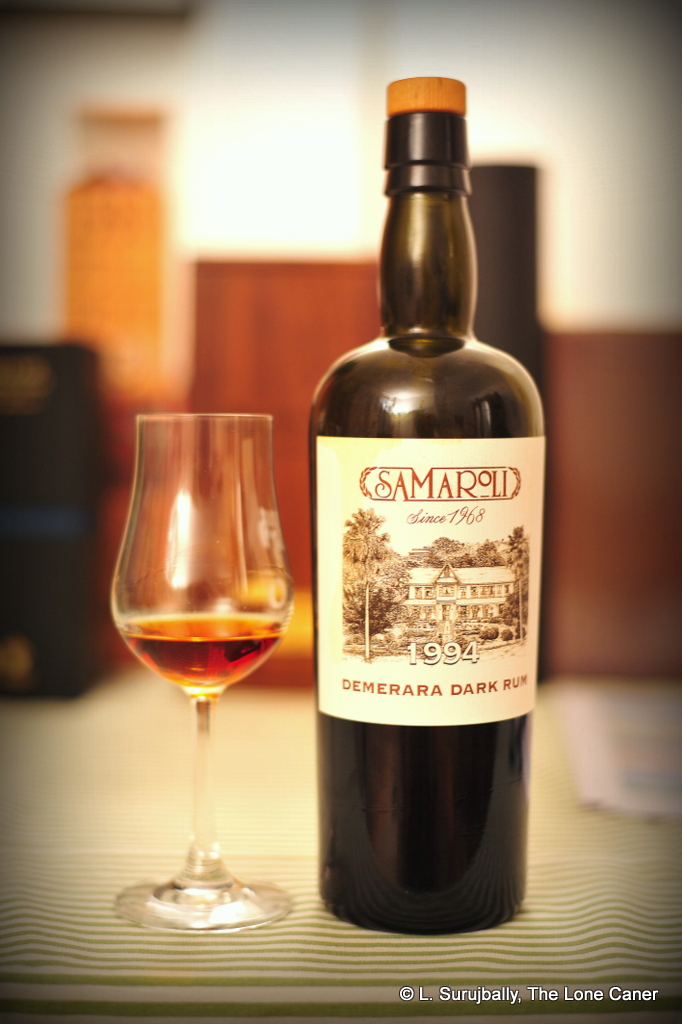 A very well blended, original melange of traditional Demerara flavours that comes up to the bar without effort, but doesn’t jump over.
A very well blended, original melange of traditional Demerara flavours that comes up to the bar without effort, but doesn’t jump over.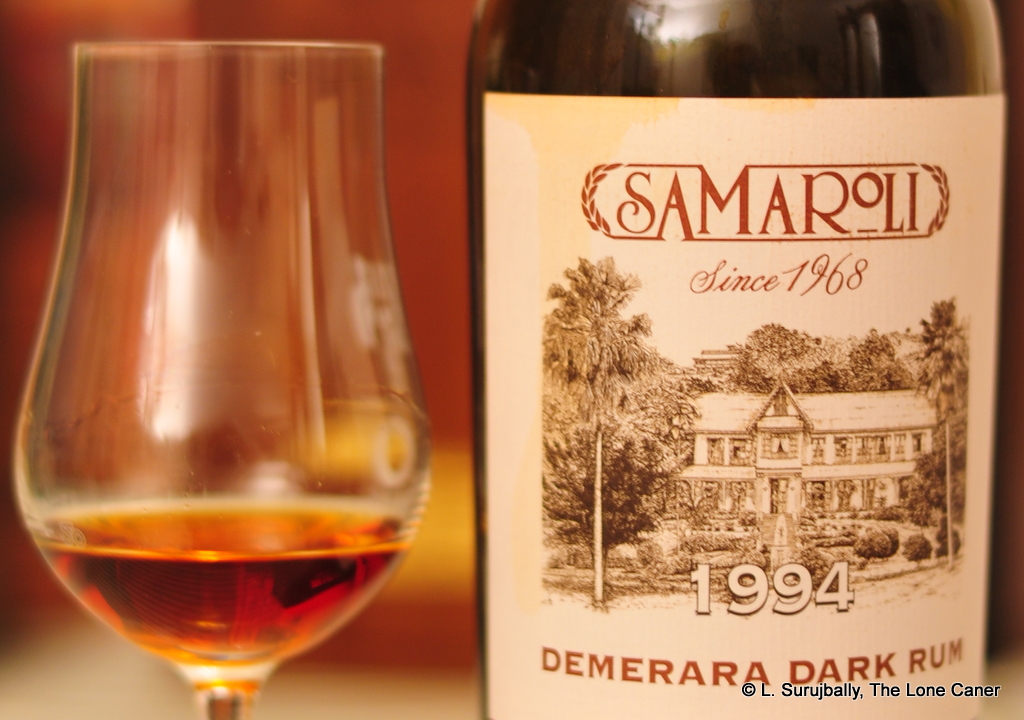
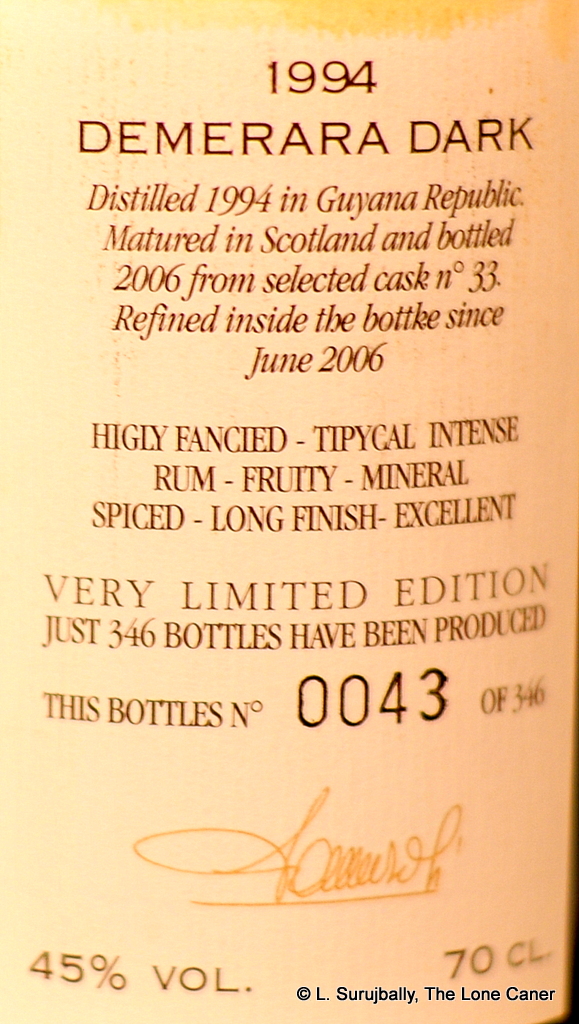
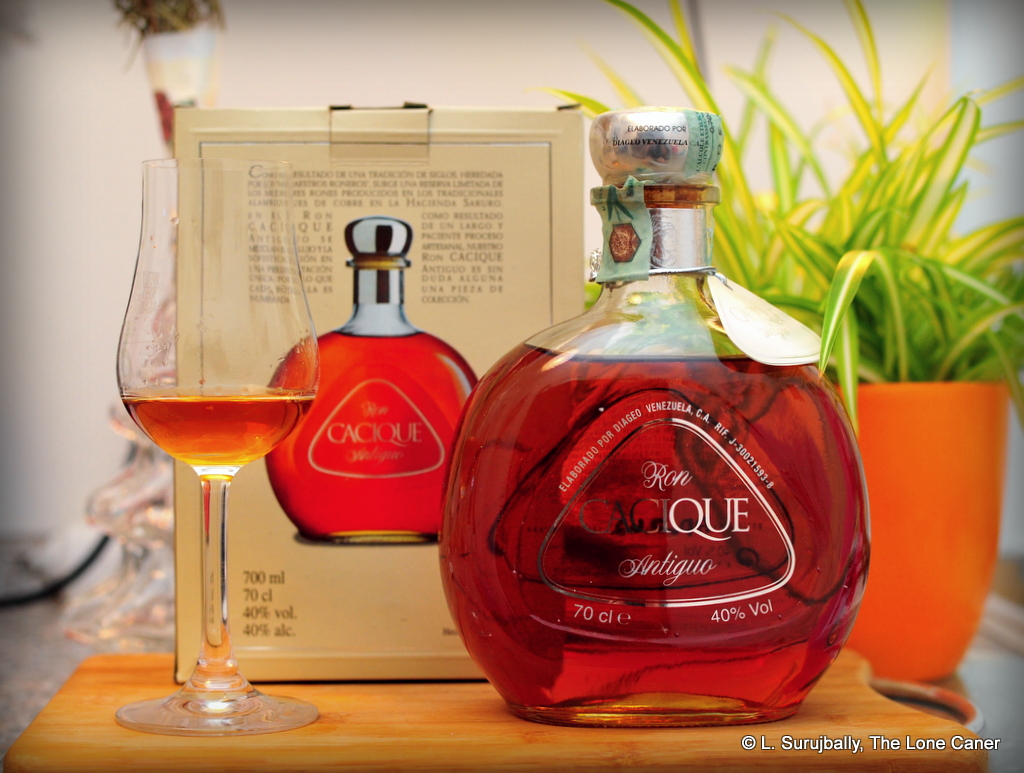
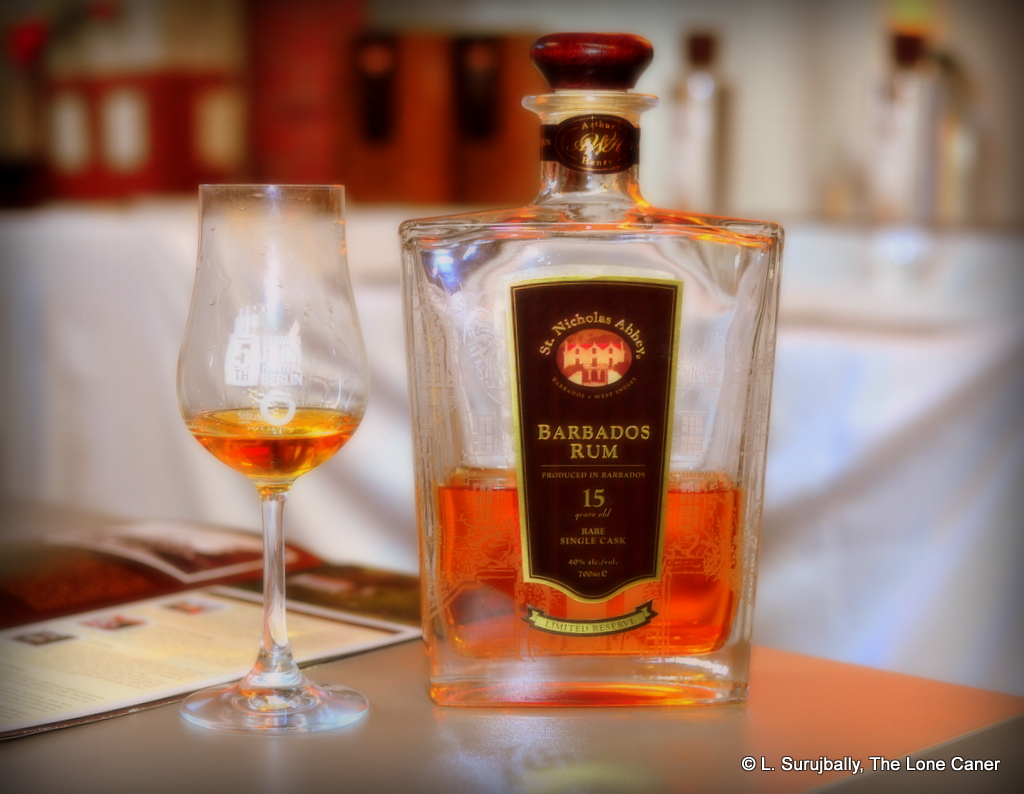
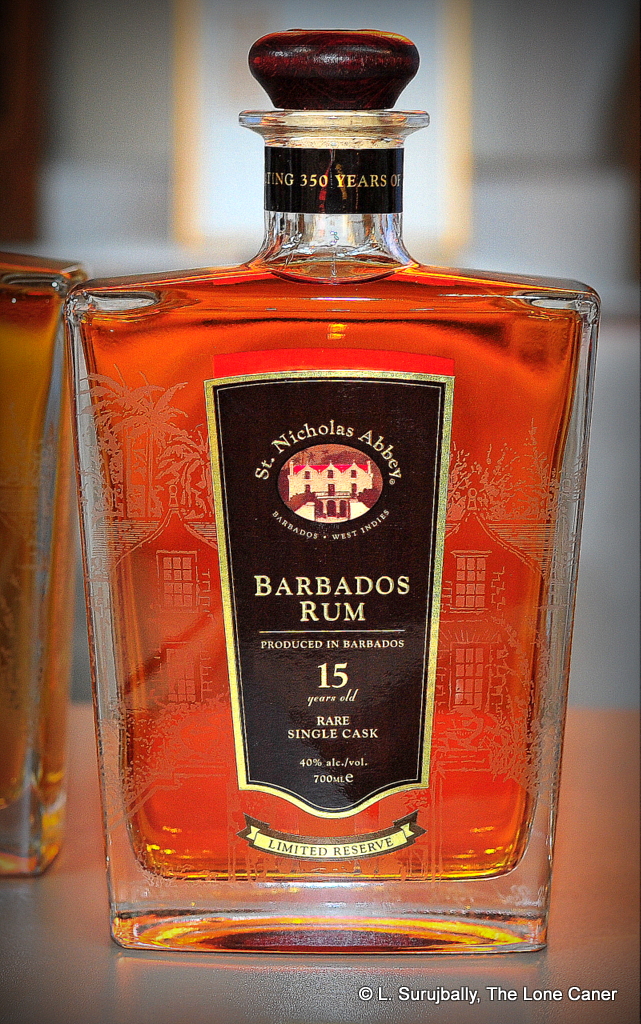
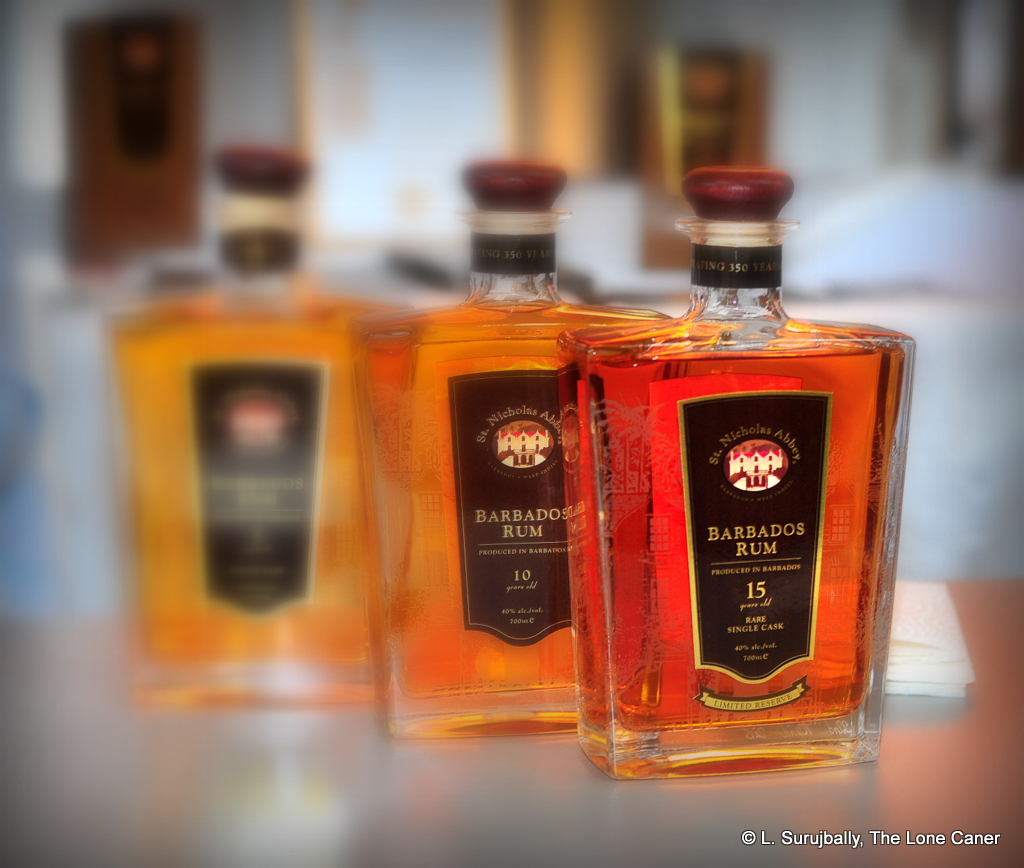
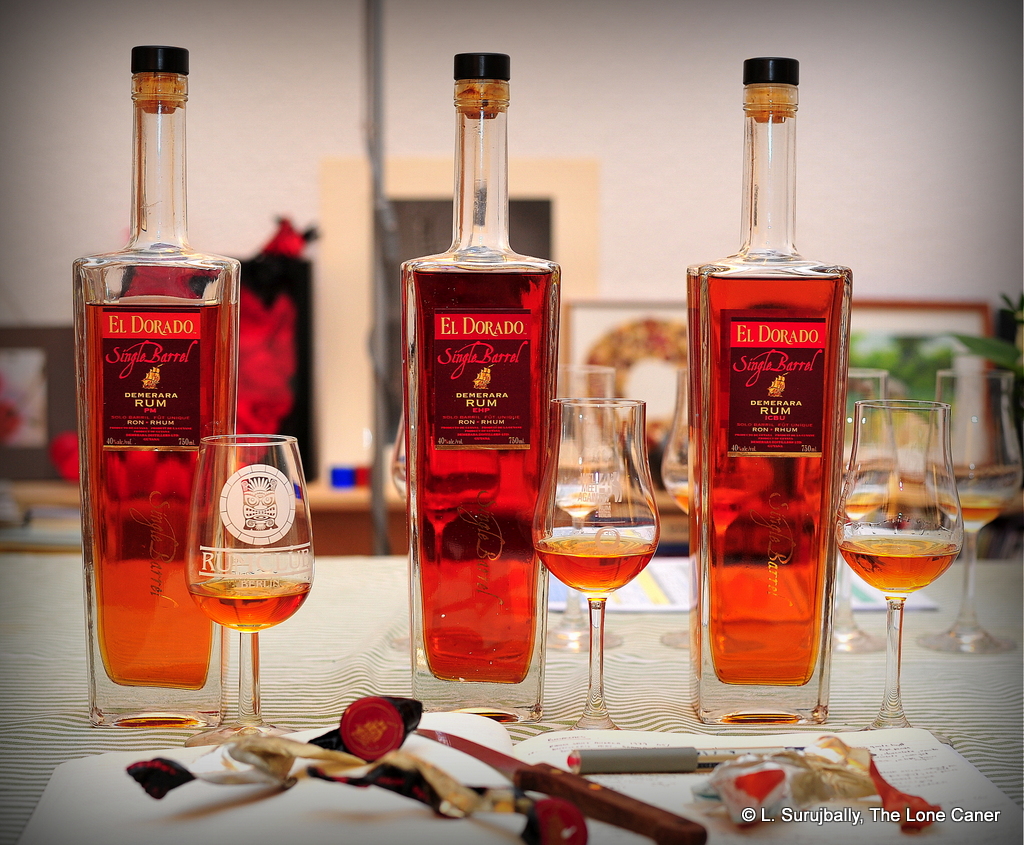
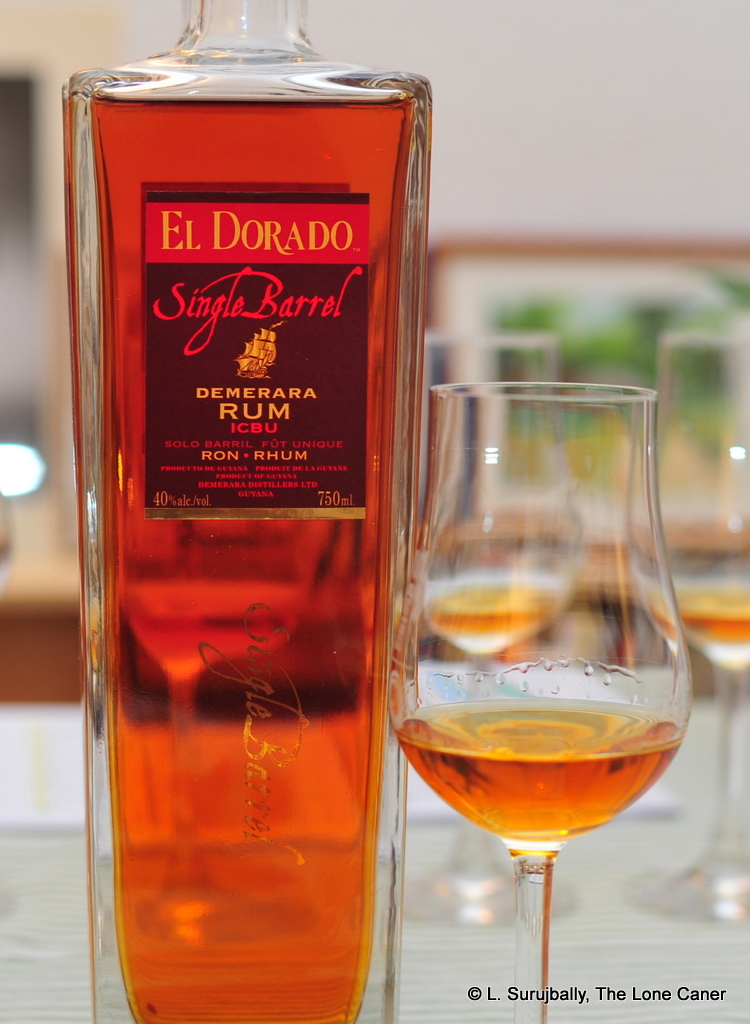
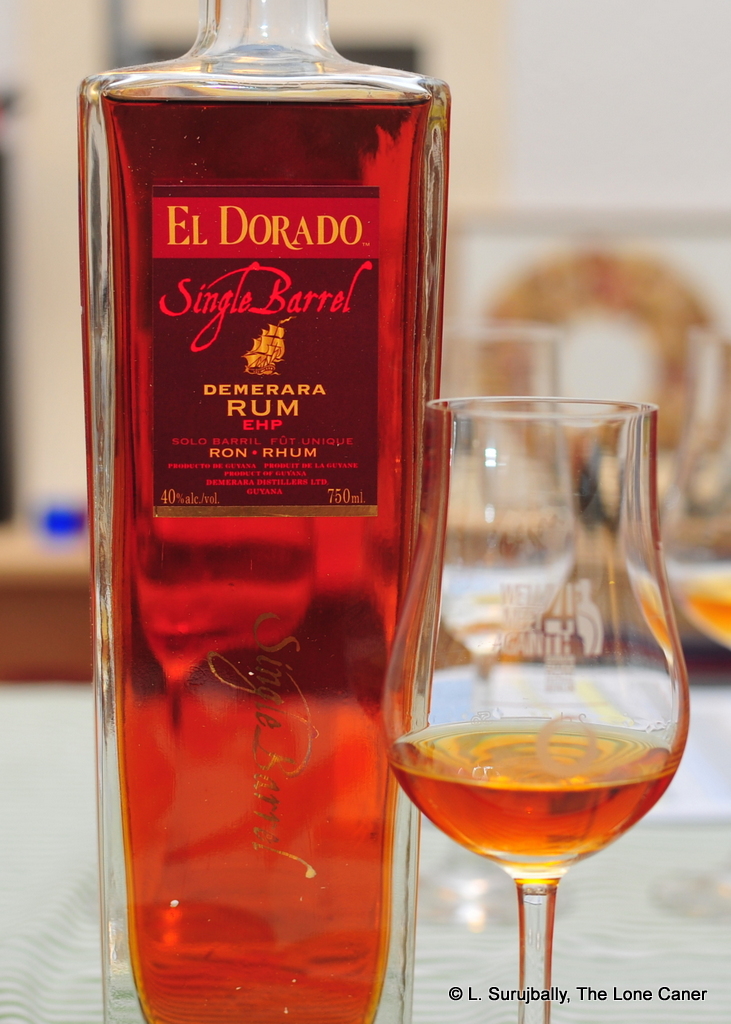 EHP – Wooden Coffey Still, Enmore
EHP – Wooden Coffey Still, Enmore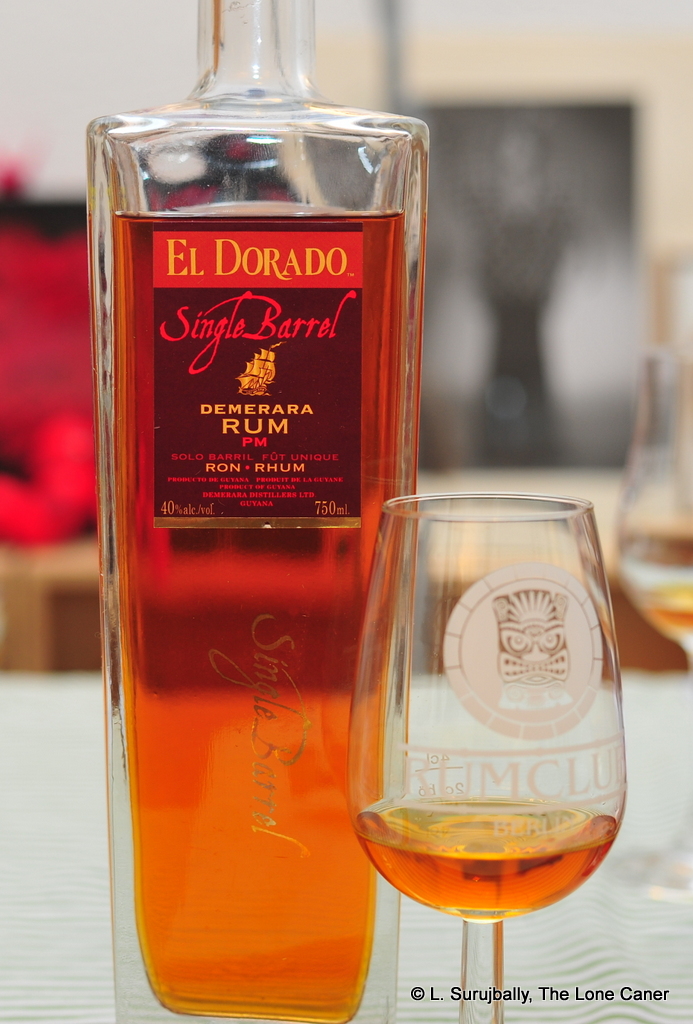 PM – Double Wooden Pot Still, Port Mourant
PM – Double Wooden Pot Still, Port Mourant